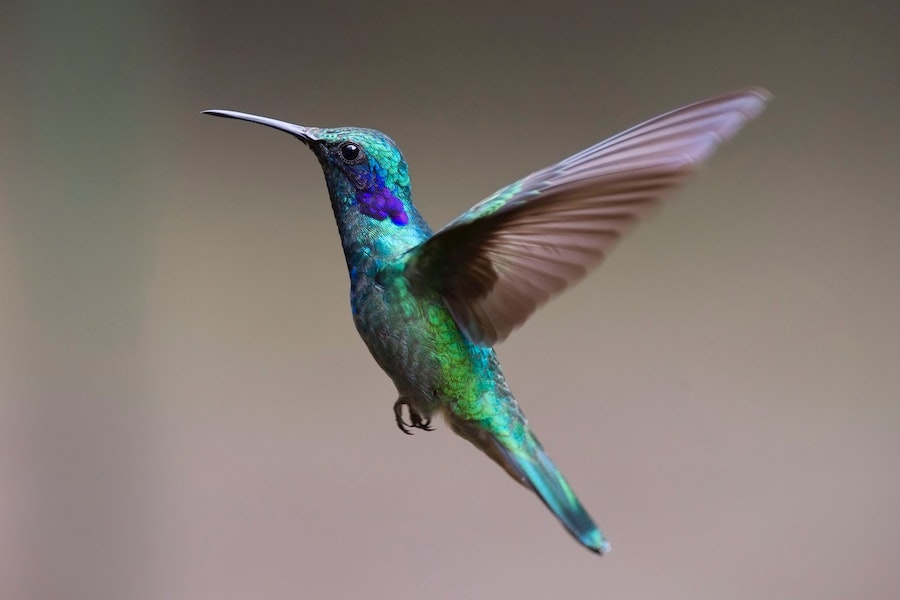In the world of freelance illustration, maintaining creativity and staying motivated are essential for success. However, achieving this can be challenging, especially when faced with tight deadlines, fluctuating workloads, and creative ruts. Being a freelance illustrator requires a great deal of discipline, resilience, and adaptability in order to thrive. In this comprehensive guide, we will discuss various techniques and strategies that can help freelance illustrators maintain their creativity and motivation.
Setting Goals And Finding Inspiration
One of the most effective ways to stay motivated and maintain creativity is by setting clear goals and seeking inspiration from various sources. Here are some tips on how to set goals and find inspiration:
Setting Goals
Most of us already know how important it is to set goals. However, setting realistic and achievable goals can be a challenge for freelance illustrators who often experience the “feast or famine” mentality. To combat this, sit down and write out your short-term and long-term goals. Be sure to keep them in mind each day when working on projects.
- Define Your Vision: Establish a clear vision of your career path as a freelance illustrator, including the type of projects you want to work on, the clients you want to attract, and the impact you wish to have on the industry.
- Create Short-term and Long-term Goals: Break down your vision into achievable short-term and long-term goals. This will help you maintain focus, measure progress, and celebrate achievements along the way.
- Review and Adjust Your Goals Regularly: Regularly assess your progress towards your goals and make necessary adjustments to stay on track.
Finding Inspiration
Finding motivation and inspiration can be difficult for freelance illustrators who often work in isolation. Here are some tips on how to stay inspired:
- Study the Work of Others: Analyze the work of other illustrators, both contemporary and historical, to learn from their techniques, styles, and creative approaches.
- Explore Different Art Forms: Engage with various art forms such as photography, sculpture, and graphic design to broaden your creative horizons and spark new ideas.
- Seek Inspiration from Life: Look for inspiration in everyday life, such as nature, architecture, fashion, or personal experiences. This can help you develop a unique perspective and create relatable illustrations.
Working With Different Types Of Clients
Working with diverse clients can be both challenging and rewarding, as it exposes you to new ideas, industries, and creative opportunities. Here are some tips for working with different types of clients:
- Adapt to Client Needs: Be flexible and willing to adapt your style and approach to meet the specific needs of each client. This will help you build a diverse portfolio and attract a wider range of clients.
- Communicate Effectively: Establish clear communication channels with your clients to ensure that you understand their requirements and expectations. This will help you deliver work that meets their needs and fosters long-term professional relationships.
- Embrace Criticism and Feedback: View criticism and feedback as opportunities to learn, grow, and refine your skills. This will help you become a better illustrator and maintain a positive attitude towards your work.
How To Overcome Challenges And Achieved Success
There are a lot of challenges that freelance illustrators face, such as technical difficulties, creative blocks, and tight deadlines. While these can be daunting, they can also be seen as opportunities for growth and development. Here are some tips on how to overcome challenges and achieve success:
- Overcoming Creative Burnout: Creative burnout is a common challenge for many freelance illustrators. To combat this, focus on mastering the fundamentals of illustration and take regular breaks to reset your creative energy.
- Building Confidence: Low confidence in your work can lead to self-doubt and a lack of motivation. To build confidence, practice as much as possible, seek feedback from peers or mentors, and celebrate your successes.
- Time Management: Deadlines can be stressful, but proper time management can help you stay on track and maintain productivity. Create a detailed plan for each project, block out time in advance, and set realistic deadlines that allow you to deliver quality work.
- Networking: Connecting with other illustrators can be a great way to stay motivated and gain valuable insights into the industry. Join relevant online communities, attend art shows or conferences, and engage in meaningful conversations with your peers.
Freelance illustration is an ever-evolving creative profession that requires dedication, hard work, and a positive attitude. With focus, dedication, and a little bit of luck, you can achieve success as a freelance illustrator.
Tips For Maintaining Creativity And Motivation
Here are some specific strategies to help freelance illustrators of all experience levels maintain their creativity and stay motivated:
- Develop a Routine: Establish a consistent daily routine that includes dedicated time for creative work, self-care, and professional development.
- Collaborate with Others: Engage in collaborative projects with fellow illustrators or other creative professionals to learn new perspectives, techniques, and ideas.
- Participate in Challenges: Join online illustration challenges or create your own personal challenges to push your creative boundaries and stay motivated.
- Celebrate Your Achievements: Acknowledge your accomplishments, both big and small, and use them as motivation to continue pursuing your goals.
- Consider Taking a Break: If you find yourself stuck in a creative rut, take a break to refresh your energy and perspective. Spend time with friends or family, explore new hobbies, or travel somewhere new to gain inspiration.
These strategies can help freelance illustrators tap into their creativity and achieve success in the industry. With hard work, dedication, and the right approach, freelance illustrators can create meaningful, impactful work that resonates with clients and viewers.
In Conclusion
Maintaining creativity and staying motivated as a freelance illustrator is an ongoing process that requires commitment, self-awareness, and a willingness to learn from others. By setting clear goals, finding inspiration from various sources, working effectively with different clients, and following the actionable advice provided in this guide, you can overcome challenges and achieve your creative potential. Remember to focus on your needs as a creative professional and continuously seek opportunities for growth and development. With dedication and perseverance, you can build a thriving freelance illustration career.








